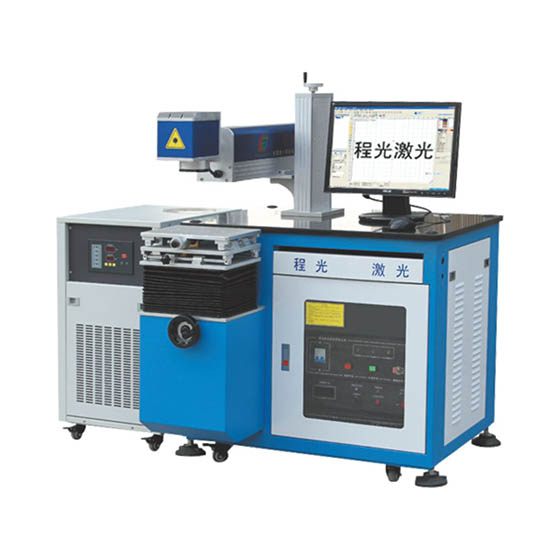Application of laser marking on glass
Addtime:2021-09-03 Browse times:954
Because the glass is easy to break, the carving on the surface of glass products requires higher processing technology. Compared with the general identification methods, laser marking technology has high efficiency in production and processing, beautiful and detailed identification products, no material consumption, environmental protection, energy conservation and convenient maintenance. It is a common choice for the production and processing of glass products. At this stage, the following types of laser marking can be completed: carbon dioxide laser marking machine, ultraviolet marking machine and green light marking machine. Glass is easily broken in the process of processing, so great attention should be paid to the process of marking production and processing.
Laser marking machine is a non-contact production and processing, with short production and processing time and detailed marking lines. It is very suitable to complete pattern or text information identification on the surface of glass materials. Several methods of laser marking on glass.
Laser marking machine is a non-contact production and processing, with short production and processing time and detailed marking lines. It is very suitable to complete pattern or text information identification on the surface of glass materials. Several methods of laser marking on glass.
One commonly used in the production and processing of laser marking machine is to use a laser radiation to produce a relatively obvious mark on the glass surface. After a few days, the laser expands to the surrounding area outside the original mark to produce fragments, and then use multiple radiation to heat the area adjacent to the mark area through heat conduction, resulting in stress gradient in these areas, so as to reduce the possibility of secondary fracture, This method is very effective in marking soda lime glass and borosilicate glass. This method can be used to mark small glass bottles containing liquid drugs and glasses in daily life.


